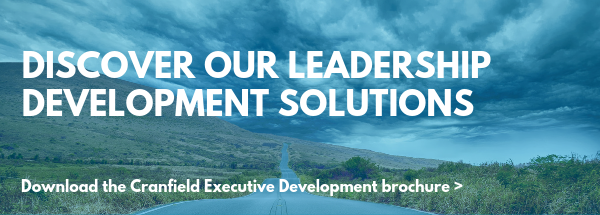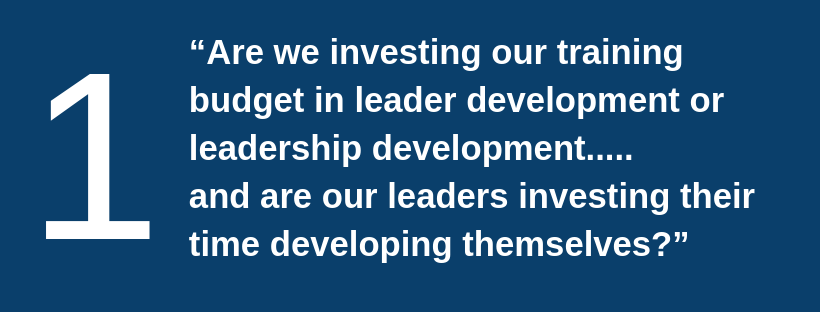The dynamic of the global business context is often termed volatile, uncertain, complex and ambiguous (VUCA).
This context means that the nature of leadership has changed requiring more adaptive and collaborative practices plus the collective action of multiple stakeholders working across hierarchies, boundaries and borders.
This means that the nature of leadership development is also changing.
We know that our clients find this a challenge; I recently analysed tender requests received by Cranfield Executive Development (CED) from potential clients and they include such descriptors as ‘a natural increase in VUCA,’ ‘leaders being better informed about the external environment, competition, VUCA futures’ and ‘leaders acquiring the necessary tools, readiness and preparedness to lead with confidence in a VUCA world.’
Even though our potential clients write this phraseology in their tender requirements, our initial conversations with them frequently (and understandably) reveal a mind-set of leader development, i.e, placing an emphasis on traits, attributes and styles because they see this as a way to rectify a deficit in individual leader competencies.
One of our purposes of our team at CED is to help our clients become more aware of leadership development and how we can partner them to design innovative programmes where the focus is on more collaborative approaches to address the complex challenges that their organisations are facing in this VUCA context.

As researchers, architects and facilitators of leadership development, we know we must be careful not to fall into the very trap we are encouraging others to avoid......we must ensure that we don’t provide a tame development solution to a complex leadership problem.
There are many signals which can point towards the need for a leadership development approach and the 7 below are ones we often hear from our clients:
- “Our leaders need to be more agile and comfortable with the pace of change in order to improve existing ways of working and respond to sudden, radical disruptions”
- “Our leaders need to break out of traditional ways of working but in reality getting leaders to work across organisational boundaries, functions and divisions is proving hard”
- “We need people at all levels to feel and take responsibility for leading (not just those people in leadership positions)”
- “We know that many of the challenges our leaders face are not simple problems to be solved but tensions to be balanced; this requires a very different leadership mindset”
- “It’s often no longer possible for our leaders to use the patterns of previous experiences to predict the outcomes of current challenges
- “We believe that there needs to be a shift in the organisation’s innovation culture if our strategy and growth ambitions are to be realised; our leaders need to shape and model this”
- “Our leaders need to be able to stand back and work ‘on the business’ as well as ‘in the business’ and coach others to do likewise”
So, in summary ask yourself:

.png?width=820&name=Add%20a%20subheading%20(1).png)
.png?width=820&name=Add%20a%20subheading%20(2).png)
____________________________________




